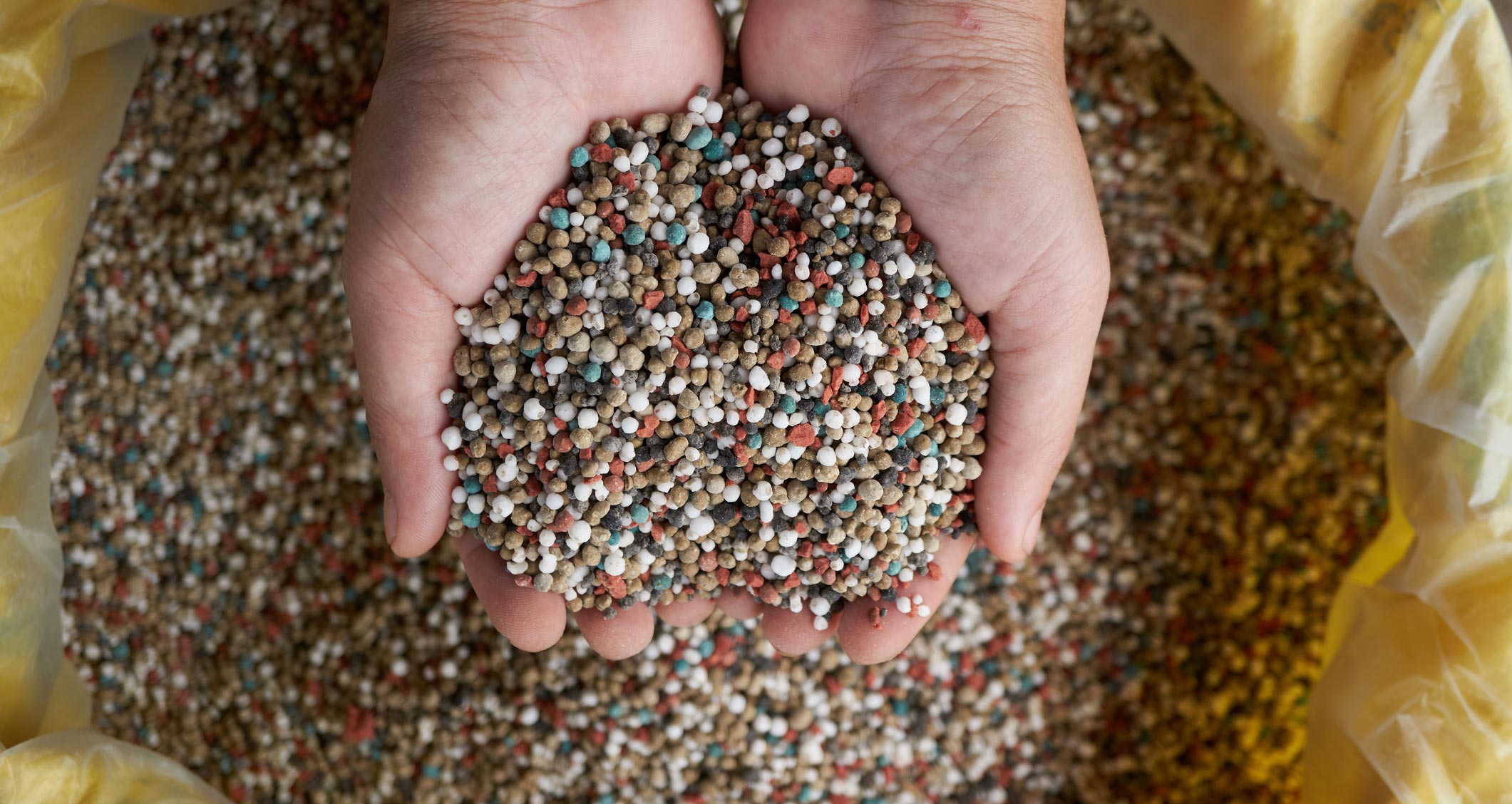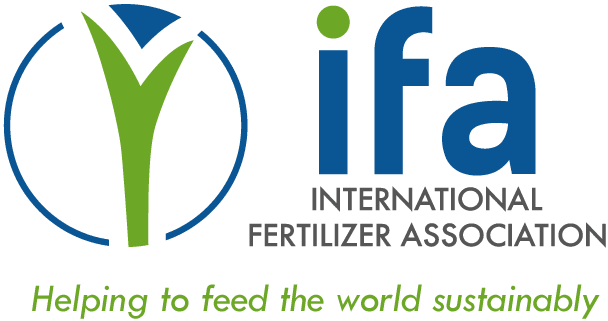How are fertilizers made?

How are mineral fertilizers made?
Nitrogen (N), phosphorous (P) and potassium (K) are the primary plant nutrients in manufactured fertilizers.
NITROGEN (N).
Nitrogen-based fertilizers are primarily manufactured through the Haber-Bosch process, a method developed over 100 years ago to create ammonia by heating and pressurizing nitrogen from the air over a hydrogen source (typically from natural gas or coal). The resultant ammonia is further processed to create nitrogen fertilizers in solid and liquid forms. Urea is the most commonly produced and consumed nitrogen fertilizer globally, while nitric acid-based fertilizers are also popular.
PHOSPHORUS (P).
Phosphorus-based fertilizers are created from phosphate rock, which is a mined material. Phosphate rock is treated with sulfuric acid to separate the phosphorus. Phosphoric acid is created in this process, and can be further combined with ammonia and sulfur to create a variety of fertilizer products.
POTASSIUM (K).
Potassium-based fertilizers originate from potash (potassium chloride), another mined material. Potassium chloride is processed into downstream products and granulated for ease of use and efficient uptake by plants.
Production of main fertilizer products.
Source: FertilizersEurope
